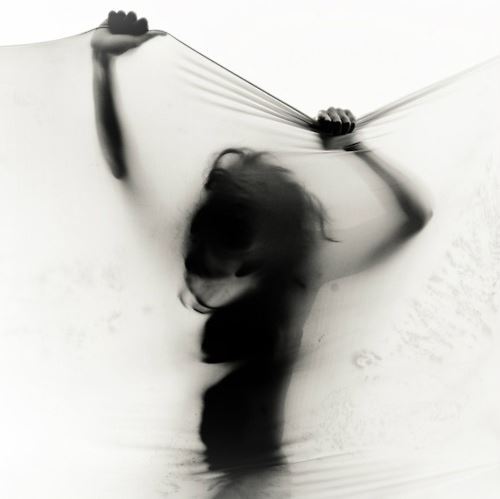I feel that it is my role to help people prevent unnecessary injuries and heal from injuries they have.
In my last article, I pointed out that if we don’t change our sequences then we cannot train our fascia:
“To truly train fascia, you have to change what you teach in order to address the different myofascial meridians. One day you might focus on the superficial front line and another the deep front line. In fact, doing something badly and out of alignment can be good for training fascia. This allows us to be more playful and not bring to much rigidity to our practice.”
When we are new to teaching yoga, this may be more challenging. My first teacher training taught me a sequence and I relied on that for my first year of teaching as I continued my studies and gathered new material. We can’t help this, if we are a new teacher and we are not trained in various tools to individualize our approach to teaching yoga; over time, we can develop variety, as we deepen our awareness and skills.
Fortunately, I was already a trained massage therapist and structural integrator, so I had other tools on which to draw.
One of the tenants of massage therapy is that “repetition leads to injury.” In evaluating a new client, we listen and observe to identify what types of repetition does the client have in their life. For example, sitting at a computer desk all day in forward head posture, standing at a counter, driving, holding a baby, running, cycling or even yoga.
All repetition creates a habit and pattern in our fascial body.
If you are a tennis player and swing the racket from right to left with your right arm you will develop more fascial fibers across the front of your chest following this pattern of movement. Through these repetitions we develop a fascial pattern throughout our body. Not all habits are bad. In fact, to repattern our fascia we design new repetitive movements to restore equilibrium to our system.
Now when I teach yoga, I look at how I can unwind the patterns we developed to return to a more neutral fascial set. In this way, I can support the client’s lifestyle and invite balance to their life.
However, it is really hard to let go of repetition.
The Cross-Fit™ gyms and Body-Pump™ classes are good examples of classes that do a lot of repetitive lifting and encourage it. I see all kinds of shoulder, knee and joint related injuries in these classes in my private practice. I experienced it in yoga too. For example, the sun salutations with Chaturanga Dandasana repeated several times, produce their fair share of shoulder injuries and bicep tears.
I caution my clients when they enroll on their quest to fitness.
Especially as we age, it takes longer to heal from these tears and reestablish a stable joint.
I am not saying don’t do these things. Rather, proceed with caution and try to eliminate the repetitive movement. You may have to modify in the classes to the disapproval of your instructor.
If this is the case, don’t worry about it and practice Ahimsa, non-harming.
I help people prevent unnecessary injuries and heal from injuries they have by training the fascia, allowing for slow stretches during warm-up, vary sequences so that I train different aspects of the body and include the stabilization of joints and strengthening of ligaments in the sequences.
To do this we may have to move out of the traditional asana. There are so many wonderful movement exercises from Tai Chi, Qi Gong, Feldenkrais, Alexander Technique, physical therapy and bodywork.
One of my favorites is “pelvic rocking.” To do the pelvic rocking, lay on your back in bent knee position, as if you are going into bridge pose, with an inhale gently rock your coccyx (your tail), toward the floor then with an exhale draw the top of your pelvis into the floor and flatten your lumber spine. Continue this motion trying to drop out of using your legs and focus on the use of the core muscles—psoas major, psoas minor and iliacus.
This exercise trains us in a somatic awareness of how to correctly move our sacrum and pelvis in relation to the lumbar spine. I often teach this subtle movement before teaching half bridge or full bridge poses. It is helpful for those with low back pain and gaining the somatic awareness necessary to correct the relationship between the sacrum and lumbar spine.
Learning to shift your fascial body by correctly stretching and practicing yoga in the new paradigm of “spatial medicine” will allow us to create more space in our bodies and free ourselves from pain so we have the freedom to be fascial yoga astronauts!
Love elephant and want to go steady?
Sign up for our (curated) daily and weekly newsletters!
Apprentice Editor: Alicia Wozniak/Editor: Renée Picard
Photo: Beth Scupham/flickr











Read 1 comment and reply